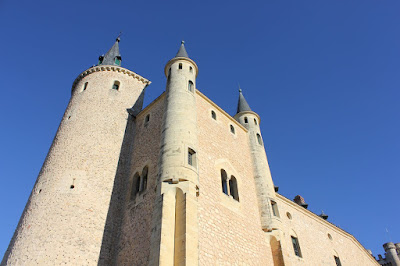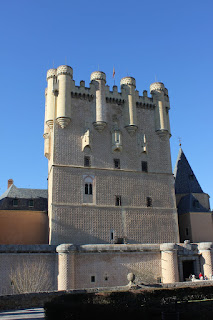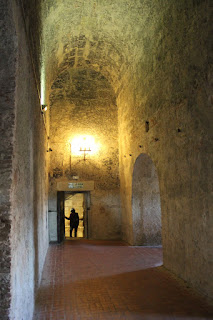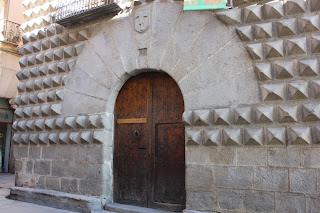Scott D. Stull
Wednesday, December 14, 2016
A borrowed post:
My friend Jenn Reese has some interesting advice for writers; write the scenes you want to write, or candybar scenes.
My friend Jenn Reese has some interesting advice for writers; write the scenes you want to write, or candybar scenes.
Wednesday, March 23, 2016
Working Title
The book I am working on right now is divided into three parts, each with focus and point of view for a single character. The first portion is Diego, the second is Elena, and the third is Frestón. I had not settled on a title for the full work until recently. The working title I have come up with is "A Palimpsest of Time."
You might well ask, what is a palimpsest? It is usually a manuscript that has been altered, with the original text erased to be re-used, but some remnant of the original remains. It is also sometimes used for places or things which have been changed but some measure of their original character is left or visible if you know to look for it. Buildings are particularly notable for these kinds of changes, in addition to manuscripts. For example, the Grand Mosque of Cordoba, the Mezquita, was enlarged several times, and then a Christian church was plunked down in the middle of it. I happened to be visiting at one point during some renovation work that revealed one of the original doorways which had been covered over when the mosque was expanded.
Friday, January 8, 2016
The Alcazar of Segovia is a remarkable place. The January sun gives it a brilliant appearance without the draining heat of summer.
The castle has two tower blocks, one at each end of the castle. In the keep, or the Tower of Juan II, there is a chamber with a high vaulted ceiling. I used this as my inspiration for the council chamber of the Count of Lastora, though I envision the Count's chamber as wide enough to comfortably hold a table and have people sit on either side of it. There is a fireplace in the center of one of the long walls of the chamber with stone benches on either side.
Friday, October 23, 2015
The mountains that cross central Spain are beautiful. I saw them mainly from the window of the train. These and the mountains between Salamanca and Segovia were my inspiration for some of the scenes of the countryside in my story, though fictionalized.
I find the exposed stone and the alternations between the barren and forested areas remarkable.
We had a different view when we went to Segovia, with higher mountains and snow in one direction, and a vast plain on the other. Segovia is located where two rivers come out of the highlands to make a naturally defensible spot.
The following photos link into a panorama of the plain.
Here they are stitched together.
I find the exposed stone and the alternations between the barren and forested areas remarkable.
We had a different view when we went to Segovia, with higher mountains and snow in one direction, and a vast plain on the other. Segovia is located where two rivers come out of the highlands to make a naturally defensible spot.
The following photos link into a panorama of the plain.
Here they are stitched together.
Wednesday, October 14, 2015
The House of Spikes
One of the remarkable houses of Segovia is called the Casa de los Picos, or House of Spikes. The front of the house is covered with remarkable granite points. It seems the house was older, with a standard facade and courtyard, and the granite facade was added later.
The house gained this appearance between about 1465 and 1500, which is the time frame I am using for the inspiration for the story of Diego.
The arched doorway is typical of the region for that time period, and is the same in Salamanca, though this is particularly grand example.
There are various stories about why the house was given this appearance, from a desire to change its name to a means to express a "medieval rudeness and surliness." The house was located right by the original entry gate to the city (demolished in the 19th century). I expect the house was built as a grand and unforgettable display for everyone who entered the city, with perhaps some measure of warning about the danger or prickliness of the residents of the house.
One of the remarkable houses of Segovia is called the Casa de los Picos, or House of Spikes. The front of the house is covered with remarkable granite points. It seems the house was older, with a standard facade and courtyard, and the granite facade was added later.
The arched doorway is typical of the region for that time period, and is the same in Salamanca, though this is particularly grand example.
The windows have a tiny balcony in front, allowing a bit of access to the outside when the shutters are open, but not really enough to fully stand on.
Both the main door and the windows have a symbol over them, representing the family that added this remarkable facade, the la Hoz family. The literal translation is sickle or reaping hook; to me, this looks like a billhook, which is a pruning device for fruit trees.
Subscribe to:
Posts (Atom)





















